Which road bike tyre?
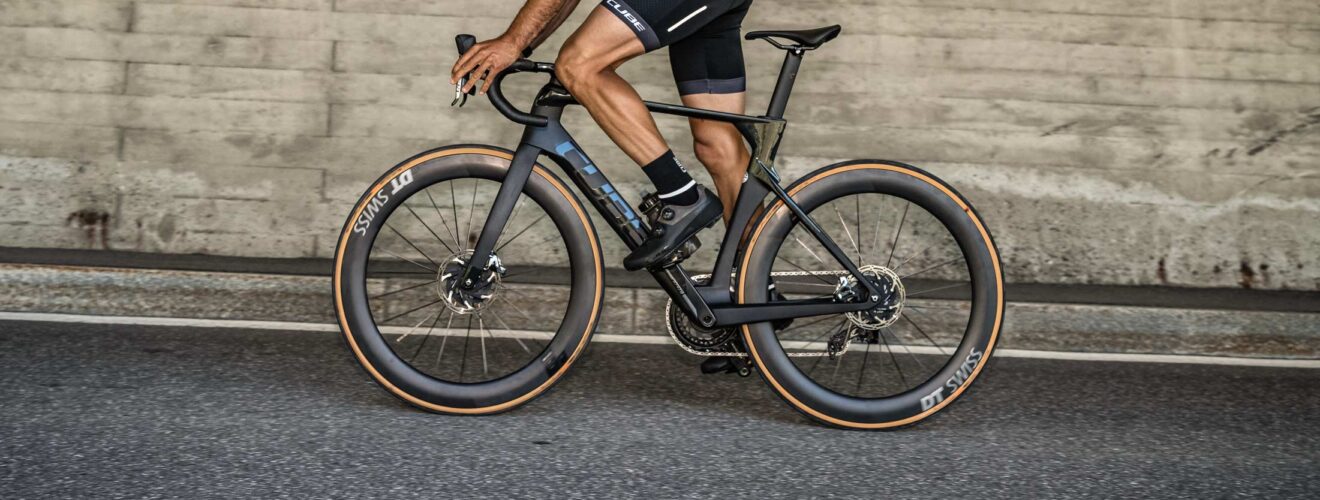
Many manufacturers nowadays offer road bike tyres between 23 and 32 mm. In the 80s and 90s, people still rode with very narrow tyres, 19 to 20 mm were standard. You should also choose your tyre depending on the area of use.
- 23 mm – the sporty width: very light and manoeuvrable
- 25 mm – light and comfortable: for everyday tours and cycling marathons
- 28 mm – for touring: Comfortable even on bad roads plus puncture protection
Rolling resistance
Wide tyres are rounder on the road due to their larger volume and the same contact area. Narrow tyres have a longer and wider contact area and the tyre deforms more when rolling. This has a negative effect on rolling resistance. Wider tyres therefore roll better and are also somewhat more comfortable on long tours. Bumps are better compensated and a higher puncture protection is achieved.
Narrow tyres, however, also have advantages! They are not as heavy, more manoeuvrable and have less air resistance. They get off the ground faster when starting and many find a narrower look more appealing.
What air pressure for a road bike?
The air pressure and the road surface also play a decisive role. On smooth asphalt you ride at about 7 to 8 bar. If the surface becomes bumpier, it should be about 6 – 7 bar to compensate for unevenness. As a general rule, the tyre pressure should be 10 % of the body weight.
- At 80 kg, this is 8 bar. More than 8.5 bar is not recommended
- With a body weight of 50 kg or less, the lower limit is 6 bar
This information is intended as a guideline. Depending on the surface, you should adjust your tyre pressure by plus/minus 0.5 bar.


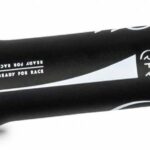




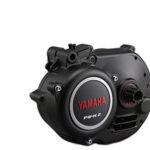
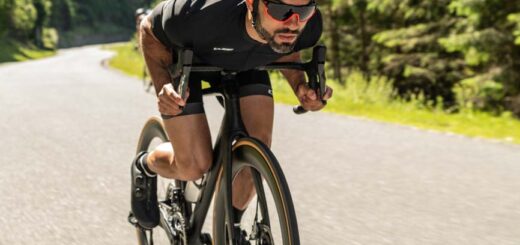
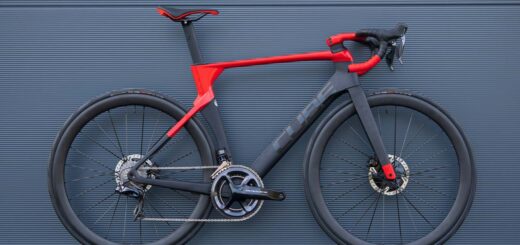
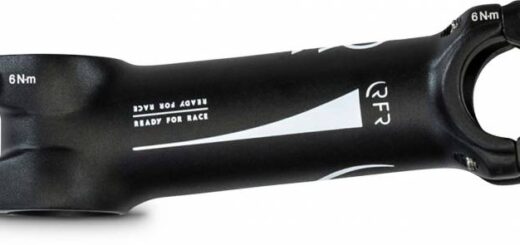








Recent Comments